TREZOR One Review and Comparison
By: Alexander Reed | Last updated: 2/20/24
Note: In late 2023, TREZOR released their newest wallet, the Trezor Safe 3, which retails for $79 and includes a Secure Element chip.
TREZOR One was the first and is the longest-surviving hardware wallet around. In this review, I’m going to cover everything you need to know before deciding if the TREZOR One is right for you.
Don’t like to read? Watch our video review instead!
TREZOR One Review Summary
The TREZOR One is a battle-tested hardware wallet that supports a wide variety of cryptocurrencies at an affordable price. The company behind the TREZOR One (SatoshiLabs) is considered a pioneer in the Bitcoin industry. Additional security measures such as PIN codes and passphrases make this hardware wallet as close to “hack-proof” as you can get.
If you want a detailed review of the TREZOR One, keep on reading. Here’s what I’ll go over:
- What is a Hardware Wallet?
- Company Overview
- Supported Coins
- Setting up the TREZOR One
- How Much Does the TREZOR One Cost?
- Can TREZOR be Hacked?
- TREZOR or Ledger (personal experience)
- Frequently Asked Questions
- Conclusion – Is it Worth the Price?
1. What is a Hardware Wallet and Why Do You Need One?
When you look at the various options for Bitcoin security, the more secure the method is – the less flexibility you have in spending your coins.
For example, storing your coins on a secure paper wallet, which is considered pretty safe, allows you only to deposit coins. When you want to withdraw them, you will have to find a Bitcoin wallet and export your private key to it.
TREZOR One is an offline cryptocurrency wallet. It holds your private keys and knows how to sign a transaction without the need to connect to the internet.
TREZOR seems to give you the best of both worlds, as it acts as a highly secured cold storage (i.e., offline) device but still allows you flexibility when wanting to spend your coins.
The device is pretty small, and you can carry it around on your keychain or even in your pocket. So you can store your Bitcoin and other coins offline on the TREZOR One, and whenever you want to spend them, just connect your TREZOR One to any computer, and you’re good to go.
The TREZOR One uses a limited USB connection – just like your computer mouse or keyboard. A mouse tells the computer where it is, but the computer cannot move the mouse.
So, only cryptocurrency transactions can go from the computer to the TREZOR and back. This is why even compromised and infected computers can be used with TREZOR safely.
2. SatoshiLabs Overview
TREZOR One is manufactured by SatoshiLabs. Founded in 2013, the company is responsible for several well-known Bitcoin projects, including:
- TREZOR wallets – Including the TREZOR One and TREZOR Model T.
- “Braains” pool (formerly Slush pool) – A popular Bitcoin mining pool named after Marek Palatinus (aka Slush), the CEO of SatoshiLabs
- CoinMap – A map showing places accepting Bitcoin worldwide.
The company is an active participant in the Bitcoin community and is highly respected among veteran Bitcoiners.
3. TREZOR One Supported Coins
TREZOR wallets, in general, support over 8,000 coins and ERC-20 tokens. Some of the more popular coins supported are:
- Bitcoin (BTC)
- Ethereum (ETH)
- Tether (USDT)
- Binance (BNB)
- Dogecoin (DOGE)
- Polygon (MATIC)
- Bitcoin Cash (BCH)
- Litecoin (LTC)
- Chainlink (LINK)
- Shiba Inu (SHIB)
TREZOR currently has three different wallets: the Model One, the Model T, and the Safe 3. Not all of them support all of the assets. In some instances, only two of the wallets support a particular asset. For example, only the Model T and the Safe 3 support Ripple (XRP), Monero (XMR), and Cardano (ADA).
Before purchasing your TREZOR wallet, make sure to check the list of supported coins for each device. A full list of supported coins can be found here.
4. How to Set Up TREZOR
Setting up the TREZOR One is pretty simple. You hook up the device to your computer, install a “bridge” that allows the TREZOR to communicate with it, and then follow the instructions.
Choosing a PIN code
A PIN code will be used to identify that you are the actual owner of the TREZOR each time you plug it into a computer.
The setup process uses a clever combination of both the TREZOR One’s screen and the computer, ensuring it will be pretty damn hard to steal your PIN. It will ask you to click the relevant numbers on your computer screen like this:
Meanwhile, the display of the actual numbers is only visible on your TREZOR:
This way, even if someone is monitoring your keystrokes, they won’t be able to know what your PIN is.
When you are setting up the TREZOR One for the first time, you’ll have to enter your new PIN twice. Notice that the numbers shown on TREZOR change between the entries.
Jotting down your seed phrase – your master private key
Next, you will be prompted to write down your recovery seed (seed phrase). Your seed is a secret list of words that you will use to recover your money in case you ever lose your TREZOR One or break it.
The device will show you a list of 24 words that you need to write down in the correct order.
This seed isn’t unique to TREZOR. The use of these words as a backup method is somewhat of a cryptocurrency wallet standard.
If, for some reason, SatoshiLabs goes out of business, for example, you can still use this seed with other popular wallets (e.g., Electrum) to recover your Bitcoin and other cryptocurrencies.
Remember: this list of words = your crypto assets (coins). If anyone gets a hold of it, they can easily steal your money. Make sure to keep it safe. One suggestion for keeping your seed phrase safe is using a device such as the Cryptosteel.
You’re good to go!
Once you finish the setup, you will need to connect the TREZOR One to any computer and download the Trezor Suite. This is the wallet interface for the TREZOR One and other TREZOR wallets. From there, you will be able to send Bitcoin and other cryptocurrencies to whoever you like.
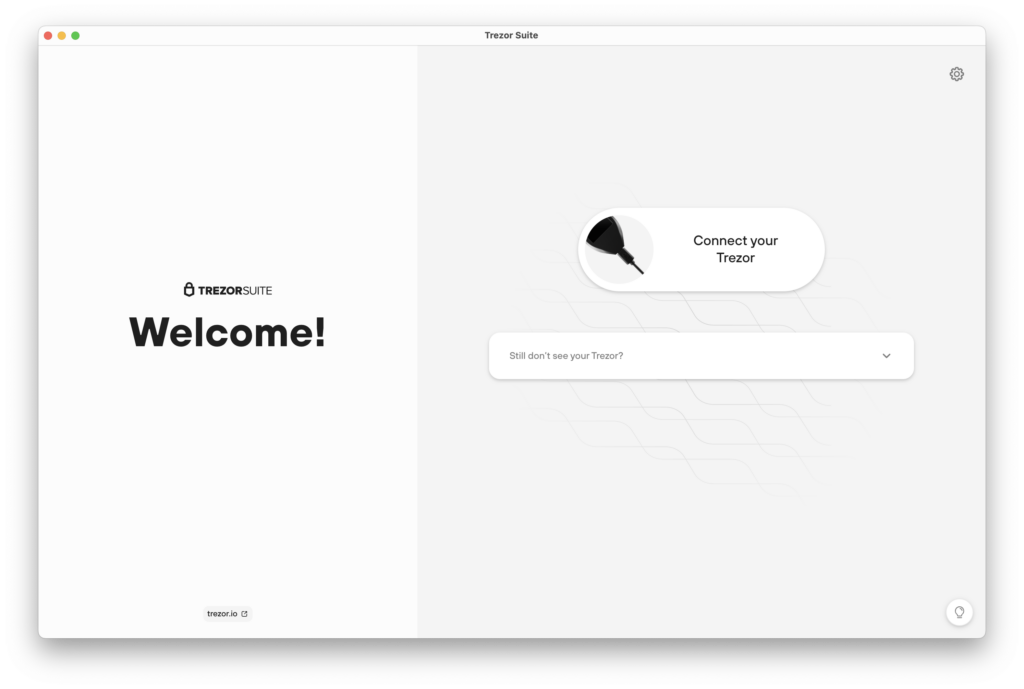
5. How Much Does the TREZOR Cost?
At the time of writing, the TREZOR One costs $69 (VAT excluded), which makes it relatively affordable.
6. Can TREZOR be Hacked?
One of the great things about TREZOR is that there’s no “username” or “password” for your account. Your credentials are your TREZOR device. So, if someone doesn’t have physical access to my device, there’s no way they can access my account.
But if someone could get access to your device?
The “Evil Maid” attack is a name given to an attack that is made physically (not remotely) on a computer that is left unattended.
The attacker has the ability to physically access the computer multiple times without the owner’s knowledge – just imagine that you had a housemaid who was evil 🙂
For extreme protection – set up a passphrase
In the case of an “Evil Maid,” your seed phrase (i.e., your private key) is at risk. TREZOR has solved this by allowing you to add an additional passphrase protection.
A passphrase allows you to add an extra word to your seed phrase. Your seed phrase alone gives you access to your standard wallet, but each seed phrase + passphrase combination will give you access to an additional “hidden wallet.”
The passphrase shouldn’t be written down anywhere and should be memorized.
How about extortion?
In addition to hacking your wallet remotely, physical force or threat could also be used to get access to your TREZOR. Also known as the “$5 wrench attack,” this situation is explained, albeit humorously, below:
For this scenario, you can use different passphrases – each one leading to a different amount of coins. So you will “give away” the decoy passphrase, leading to a small amount of coins in one of your “hidden wallets” while keeping the majority of your coins secure in your main wallet.
Is TREZOR 100% full-proof secure?!?
No. Nothing is, but it’s as close as it gets. One thing that TREZOR can’t protect you from is phishing attacks. This means that someone can try and fool you by having you send Bitcoin and other cryptocurrencies from your TREZOR to the wrong address.
However, this is not a device malfunction – it’s more of a human malfunction. You need to make sure that the person you are sending your coins to is who they say they are (here’s my own experience with phishing).
For detailed information about possible TREZOR threats and how they are being dealt with, refer to TREZOR’s security threats section inside their FAQ.
7. Which is Better, TREZOR or Ledger?
There are many hardware wallets around, but the two leading companies are TREZOR and Ledger.
Personally, I use wallets from both companies, so it’s easy for me to compare them. Let me start by saying that there isn’t much of a difference between the two and that both are excellent products.
TREZOR wins in terms of company reputation. Ledger, particularly the Nano S Plus, on the other hand, wins in terms of the variety of coins it supports, including XRP.
Also, Ledger’s wallet interface (known as Ledger Live) is more robust than TREZOR’s.
If I had to choose one, I’d actually choose the Ledger Nano S Plus, but as I said above, the way I see it, it’s a very close competition.
It’s worth mentioning that the TREZOR Model T is another hardware wallet by TREZOR that has a built-in touchscreen and supports XRP and Monero (XMR) but is also more expensive. You can read my full TREZOR T review of it here.
8. Frequently Asked Questions
How Do I Access My TREZOR Wallet?
- Connect the TREZOR to your computer
- Download and launch the Trezor Suite
- Enter the PIN for your TREZOR
- You can now send coins and view addresses for your TREZOR account
Is TREZOR Open Source?
Most of the TREZOR software and hardware are indeed open source. You can view the code for them publicly on GitHub.
What is a TREZOR Recovery Seed?
The recovery seed is a set of 24 words that need to be written down in the right order. It’s a way of writing down your private key in a more “accessible” manner than just a very long key of numbers and letters like a normal password.
Whoever sees your recovery seed can gain access to your wallet and coins, so it’s important to keep it safe and hidden.
How Do You Reset a TREZOR Wallet?
The TREZOR One can be wiped completely (this is not just a reset) by doing the following:
- Connect your TREZOR wallet to your computer
- Access the Trezor Suite
- Click “x” when asked to enter your PIN
- Go to the “advanced” tab
- Click on “wipe device”
- Confirm the action on your TREZOR
9. Conclusion – Is the TREZOR One worth it?
My experience with the TREZOR One was extremely pleasant. The setup was easy, the device is intuitive, and the security measures seem pretty robust.
I was also very impressed with the company’s team, as they seem to be very skilled professionals in the field of cryptocurrency security.
Anyone who’s serious about their cryptocurrency security should get a hardware wallet, and the TREZOR One is a solid choice at a decent price.
Have you had any experience with the TREZOR One? I’d love to hear about it in the comment section below.

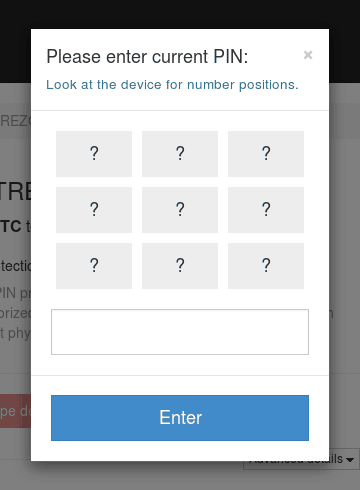
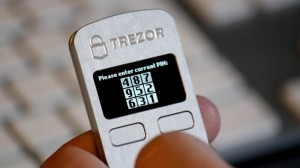
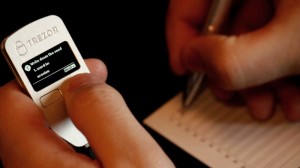
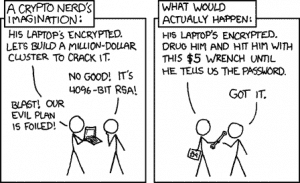
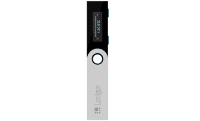
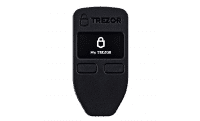
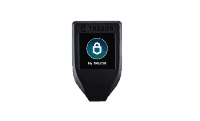
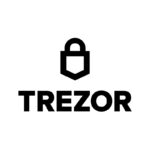


I am not technical in any way. I do love investing and have been a bitcoin fan since 2018. I just hold them at this time have never spent them. How does a 90 year old person without much desire to learn about hardware/software/ upload/download and all this stuff get someone to help that they can trust? I don’t think I am the only elderly person who feels this way. We can see the benefit of owning but don’t know how to protect is there a way?
hola
tengo una pregunta al restaurar mi wallet no importa la marca, me equivoco una palabra puedo entrar en la wallet de otra persona
Was a longtime supporter of Trezor. Bought multiple One’s. I’m a huge fan of open source code for transparency. Looking forward to their development of an open source secure element. But Trezor doesn’t support most of my coins. Lots and lots and lots of ERC-20’s I have no use for and couldn’t afford the network fees on. But some of the biggest coins (like Luna, SOL…) aren’t supported. So I have no reason to invest in Trezor anymore and need to find a better wallet to actually protect my growing investments. Too bad. We sorely need an open source, very secure hardware wallet that can hold far more different kinds of coins (not just thousands of ERC-20 coins).
Hows that Luna investment growing for you?
Bitcoin only, and hold your own keys!
Is TREZOR 100% full proof secure ?!?
“Full proof” or “fool proof”?
well well, you must be some local genius…good for u
When we can expect ADA support at TREZOR ONE devices?
Any thoughts on whether Trezor One will support XRP, or others, in the future?